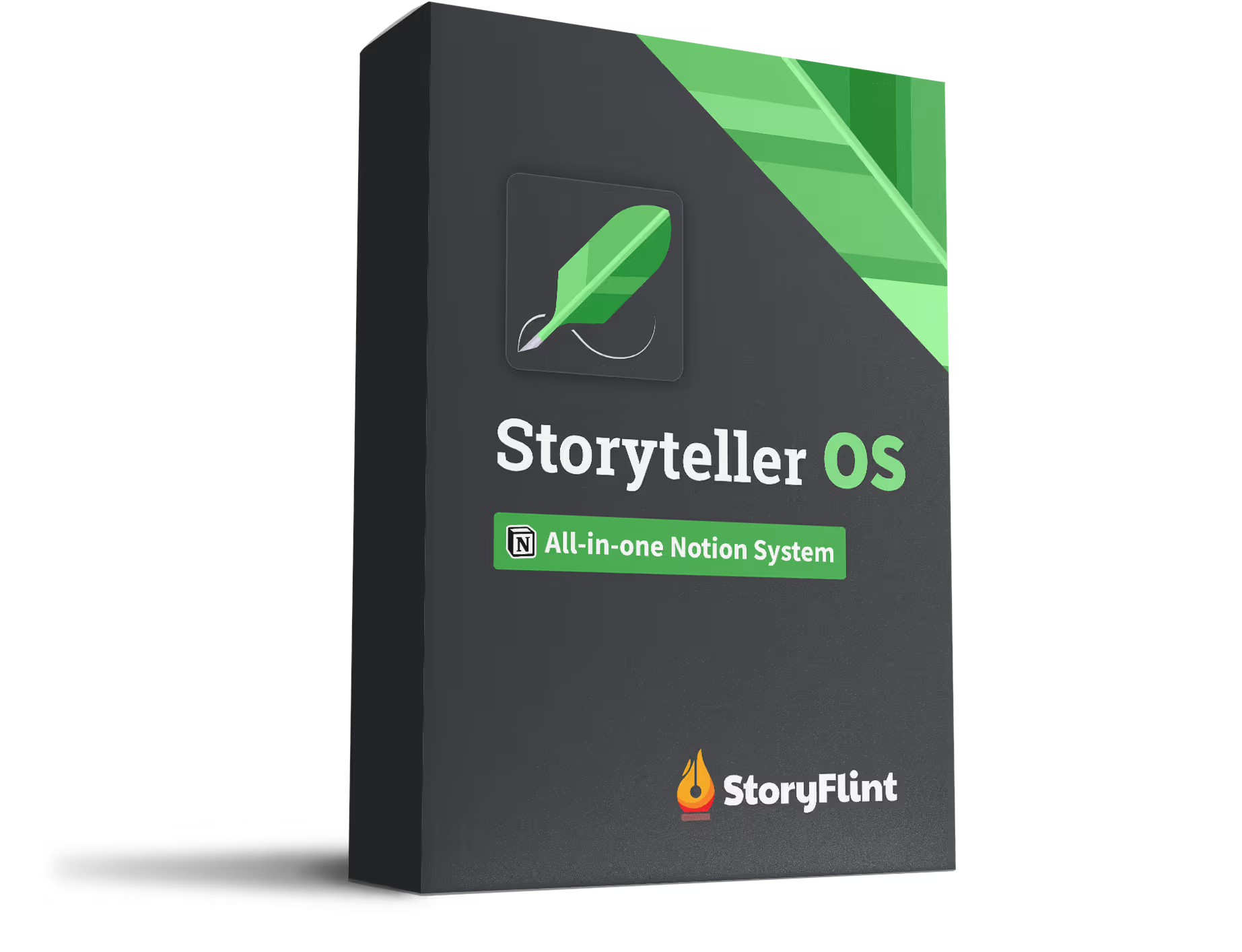Why Some Characters Blend Together
If you’ve ever written a group scene and realized everyone sounds the same?
Yeah, that’s the sign your characters don’t have a voice problem—they have a clarity problem.
This happens when you know what a character does in your story, but not how they express themselves moment to moment.
That’s where the Voice Triangle comes in.
It gives you three things to lock in to make your character’s voice distinct, believable, and easy to write.
Let’s break it down.
The Three Angles of the Voice Triangle
The Voice Triangle = Personality + Perspective + Purpose
Personality: How They Talk When No One’s Watching
This is your character’s tone, rhythm, vocabulary, and emotional range.
Are they formal or blunt? Rambling or precise? Snarky or sincere?
If your wizard and your barista use the same slang and sentence length, your audience will feel the disconnect. Nail the tone to reflect who they are.
Perspective: The Lens They See the World Through
This one’s sneaky.
A character’s dialogue and thoughts are shaped by their beliefs, upbringing, and emotional baggage.
A romantic sees risk as opportunity. A cynic sees it as disaster.
Perspective adds depth to their observations, jokes, reactions, and judgments. Two characters might describe the same forest in totally different ways.
Purpose: Why They’re Even Talking
The most overlooked piece.
A character’s voice changes based on what they want right now.
To impress? They'll be witty or polished. To hide something? Evasive or overly detailed. To comfort? Gentle. Or performatively chill.
Purpose adds momentum to scenes and makes voices feel alive.
How to Use This in Practice
Want to test if your dialogue is working?
Take a short scene. Remove all character names. Read it out loud.
If you can’t tell who’s speaking from voice alone, something’s missing.
Now go back and:
- Adjust sentence length based on personality
- Add bias or judgment based on perspective
- Rewrite each line based on their in-scene purpose
Suddenly, that group scene feels 3x sharper.
Real Example
Let’s say you have a character who is:
- Anxious (personality)
- Distrustful from past betrayal (perspective)
- Wants to avoid conflict (purpose)
They won’t speak in long speeches. They’ll hedge. They’ll trail off. They’ll speak in low-stakes questions and noncommittal phrases.
And it will feel real.
Keep Learning: Character Voice in Dialogue
Check out the StoryFlint article on How to Write Effective Dialogue.
➡️ Clarity beats cleverness. And when each voice on the page sounds like it belongs, your story suddenly feels a lot more real.




